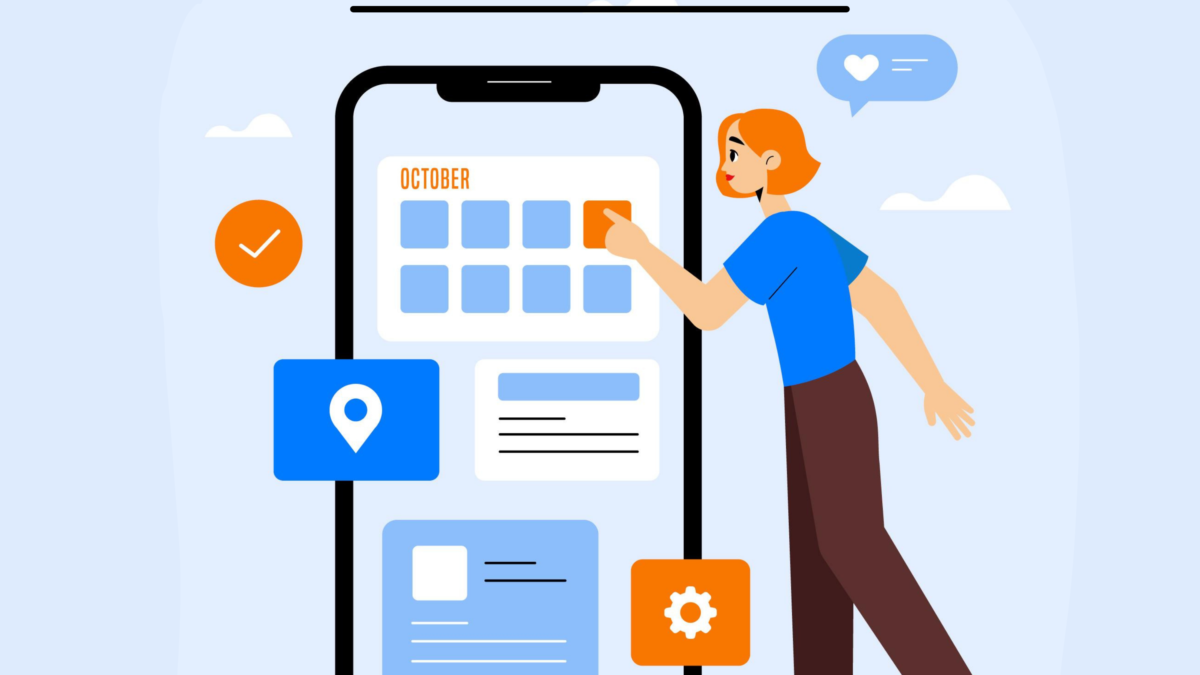In the Smartphone era, people carry their portable devices everywhere with them, relying on and saving a variety of daily life information in them, such as appointments and grocery lists. You will always discover a mobile app on a phone or a tablet that will assist someone manages their schedule, boost their productivity, or entertain them. All thanks to a division of software development called Mobile App Development. It allows you to customize an app to meet your needs. There are a few different varieties of it, as well as platforms on which apps run.
Platforms for Developing Mobile Apps
The most popular mobile app platforms are Apple’s iOS and Google’s Android. Apple ios mobile operating system which is only accessible for iPhones. On the other side, Android is used by a wide range of OEMs, including Google.
Even though they are very similar, distinct software development kits (SDKs) are used for different platforms.
Apple only uses iOS for its own devices, whereas Google has made Android available to other businesses that match certain criteria. So far, developers have created over 1.5 million apps for both platforms.
Mobile app Development Types and Strategies
There are various types of apps to pick from; each one is constructed differently, performs differently, and takes a different amount of time to create. Each has its own set of benefits and drawbacks and should be chosen based on your needs and as the best answer for the job. You have tools to work within the mobile development realm; make good use of them. You should know what you want to achieve with your app before deciding on a strategy.
You will save time and money by investing effort into designing your app with the proper model if you have clear goals and know which segments of the market you are targeting.
Native apps
The term “native” is self-explanatory. Those apps communicate in the same language as the program for which they were created, implying that both are written in the same code. Java code is used for Android, while Objective C or Swift is used for iOS. Swift, for example, is faster to load than Java, yet Java works just as well on Windows, Linux, and Mac. Because the app is written in a certain code, it will only work on the correct device.
Hybrid apps
The hybrid app’s complexity disintegrates into a native app and a web app. A web application is a software that runs in a browser. The only difference between it and a standard web page is that it functions similarly to a conventional app. A hybrid app uses a native framework as a foundation for a web app. So, in your downloaded native-like app, you have a small web view that is restricted to the app’s purpose and exposed to your customer. Because they are written in HTLM5, JavaScript, CSS, or other web technologies, they function across all platforms, giving you an advantage in mobile development.
Mobile app development services
As a leading Mobile App Development Company in Ahmedabad ARM Infoway, offers a complete range of mobile application development services to clients worldwide:
- Mobile App UI/UX Design
- Native App Development
- Cross-platform App Development
- Progressive Web App Development
- Enterprise Mobility Solutions
- Wearable App Development
- IoT App Development
- Maintenance and Support
Stages of Mobile app development
Stage 1: Develop a strategy
The first stage entails determining everything from the app’s purpose and target audience to the technology it will employ and the metrics by which it will be judged.
The output of the strategy stage is:
- Knowledge of the app’s objectives and intended audience
- Choosing a mobile platform of preference
- Creating a project timeline as well as technical considerations based on functionality
Stage 2: Conceptualization
It’s time to assemble a development team, which typically includes a product owner, project manager, business analyst, 2–3 app developers per platform (Android and iOS), back-end developer, UI/UX designer, and 1-2 quality assurance engineers. You can move forward once your team has been formed.
Stage 3 Mobile app developments
Planning is still an important element of the mobile app development process at this point. Before you begin your actual development activities, keep the following in mind:
- Determine the technological architecture,
- Choose a technology stack, and
- Set development milestones.
The back-end/server technology, API, and mobile app front-end are the three main components of the mobile app development process.
Stage 4 Testing
Application testing is an essential method that, when used early in the app development process, can save you money. A mobile application must be tested for usability, compatibility, security, UI checks, and performance by the QA team. The app’s key features and increased functionality for subsequent releases are usually included in the first release.
The app is ready for market launch at this point but keeps in mind app stores’ specific policies for accepting and verifying mobile apps. After you submit your app to the Apple App Store, it goes through a review process that can take anywhere from a few days to many months, depending on the quality of your app. how closely it adheres to Apple’s iOS design guidelines Although app ratings on Google Play differ from those on the App Store, your app will usually appear in the market within a few hours after submission.
Following the app’s submission, it’s critical to keep track of trends and upgrade functionality in response to audience targeting demands, as well as to process user input for future upgrades.


